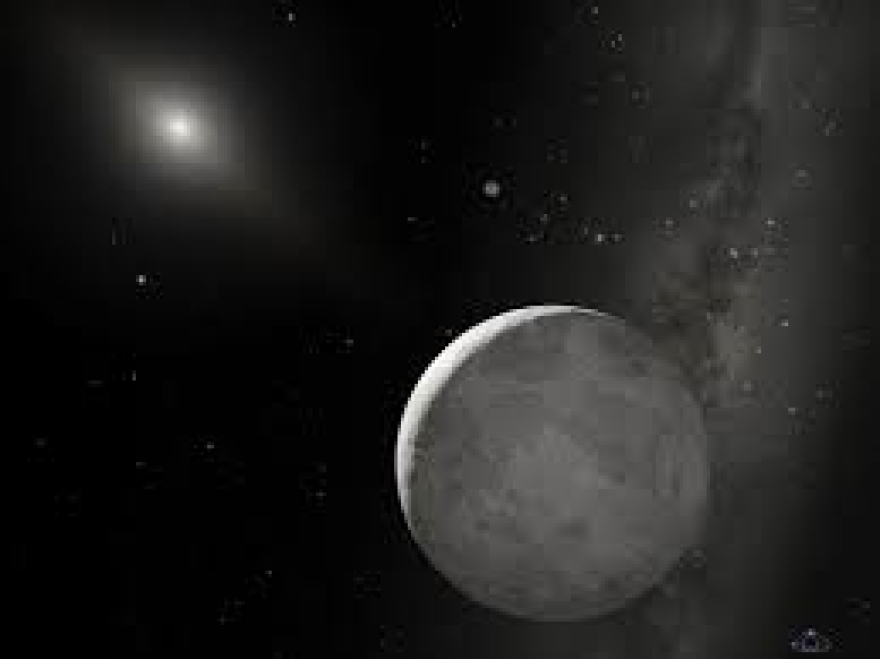After traveling across three billion miles of space the past decade, New Horizons is ready for its close-up – of Pluto.
If all goes according to plan, the probe will pass to within about 8,000 miles of Pluto’s surface, completing Man’s snapshots of the nine planets of our solar system. This mission is one of many firsts – the fastest spacecraft ever launched; the farthest destination ever explored, the first mission to Pluto in a binary planetary system, and the first mission in NASA’s New Frontiers program.
Wayne Wooten, an astronomer at Pensacola State College, says it takes about four hours for the data to return to Earth from the probe. On Tuesday, New Horizons will blast by at about 31 thousand miles an hour, capturing as much data as possible during a window that’s open for only a few hours. Many sets of fingers are crossed on this one.
“Let’s just hope everything goes well there,” said Wooten. “We had a glitch last week, where we lost communications. Everybody was really scared, but they got the computers back up and running.”
At 1,500 miles, Pluto is about 75% the size of Earth’s moon. The New Horizons flyby should provide data on its reddish hue, linking coloration with geology and molecular structures in its various regions.
The mission is also beginning to bring back the question: Is Pluto a planet in the traditional sense, a dwarf planet, as designated in 2005, or perhaps something else?
“The big problem is not Pluto, but the other big boy out there, Eris,” Wooten said. “When we discovered Eris in 2005, [it] turned out to be bigger and better behaved. If it’s round, orbits the sun, it’s smaller than Mercury, basically, and it hasn’t cleared out the other debris from its area, then let’s just call [Pluto] a dwarf planet.”
And once New Horizons cruises by Pluto, it’s not the last we’ll hear from her. PSC’s Wayne Wooten says it will be on to other discoveries.
“We had to go looking for it, to find out something that was on the path of New Horizons after it flies past Pluto,” said Wooten. “We found one that I think we can approach fairly closely in 2019. It’s going to be only about 30-40 miles across, or about 1/50 the size of Pluto.”
Again, if nothing goes wrong, a radio link with New Horizons will be re-established at 7:53 Central time Tuesday evening – when images of Pluto will begin their four-hour trek back to Earth.
You can keep up with the action at www.nasa.gov and at www.spaceweather.com.

